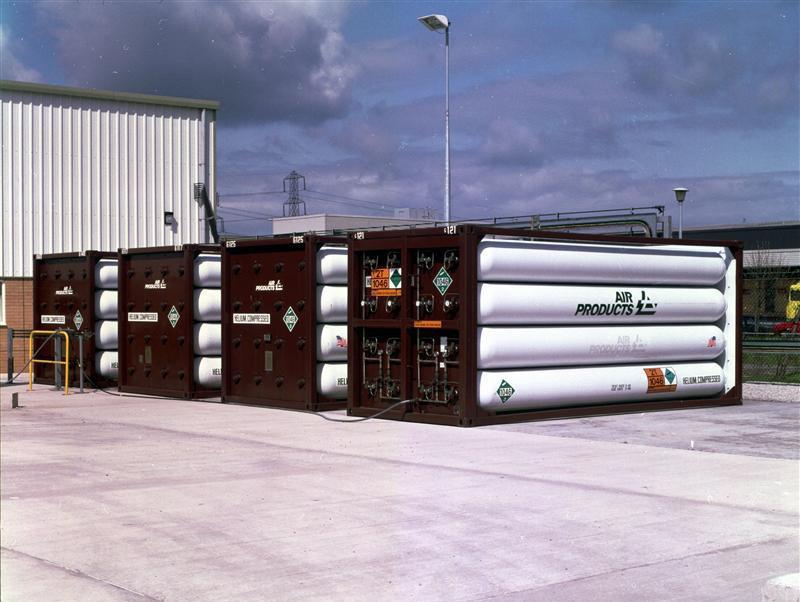The use of helium in various industries
Aeronautics and astronautics
Helium is widely used in the aerospace and aircraft industries from manufacture to flight. The Guangzhou surrogacy space flight operation uses helium gas to purify hydrogen gas, and the ground and flight fluid systems use it as a supercharger. In addition, helium is used as a lift source for weather and other observational balloons.
Motor vehicles and transportation equipment
Helium gas is used to test important automotive components such as radiator heat exchangers, air conditioning assemblies, fuel tanks and torque converters to ensure compliance with quality specifications. Helium can also be used in conjunction with argon, which is increasingly being used to inflate airbags.
Helium crating for transportation
Diving
Diving, through the combination of oxygen and helium, can effectively eliminate nitrogen anesthesia, reduce deep respiratory resistance and shorten decompression pause time. The helium-oxygen mixture allows divers to stay deeper in the water for longer periods. The deeper the dive, the higher the helium concentration, the deeper the dive and the longer the weld time.
Electronic
Helium plays an important role in the manufacturing of semiconductors, liquid crystal panels and fiber optic wires, enabling rapid cooling of components to increase productivity, and controlling heat transfer rates to improve production efficiency and reduce defects; Helium can also be used as a carrier gas during production.
Health care
As an ideal freezing gas for magnetic resonance and NMR superconducting magnets, helium can achieve cryogenic temperatures of -451 degrees Fahrenheit, effectively obtaining high-resolution images of internal organs and tissues.
Welding and metalworking
The inertness of helium at arc temperatures makes it an ideal gas for welding high thermal conductivity materials such as aluminum, stainless steel, copper and magnesium alloys. It can also be used as quenching gas during heat treatment and furnace gas to improve the endurance and quality of parts.
- Prev: Separation Of Isotope Gases
- Next: What is nitrogen oxide?





 Facebook
Facebook YouTube
YouTube LinkedIn
LinkedIn Twitter
Twitter